Diversity and Inclusion: 7 Best Practices to Transform your Workplace
Diversity and inclusion are very important for businesses. This is because organizations that adopt best practices around diversity and inclusion have a higher success rate of being productive, engaged and increasing profits. There are a number of ways to cultivate DEI in the workplace. Among these are best practices, policies, recognizing bias, adopting change and fostering honest open communication.
Why is Diversity and Inclusion Important in the Workplace?
Most organizations understand the importance of diversity and inclusion in the workplace. But even though there is a lot of knowledge surrounding the subject, creating truly diverse and inclusive work spaces can be challenging, and organizations may experience a lot of bumps along the way.
After sourcing a lot of information around the subject, we have come up with the 7 best practices that you can use to transform your workplace to include diversity and inclusion on every front.
Set Goals and then Measure them
Establishing clear objectives is foundational to a successful diversity and inclusion strategy. Define specific, measurable, achievable, relevant, and time-bound (SMART) goals for your organization, aligning them with the overall business strategy to seamlessly integrate diversity into the company’s mission. Identify key performance indicators (KPIs) to track progress, regularly assessing and analyzing these metrics to evaluate the effectiveness of initiatives and make data-driven adjustments.
Self Reflection:
Fostering a culture of self-awareness is integral to the diversity and inclusion journey. Encourage employees to engage in individual reflection, providing tools and resources such as workshops or online modules to help them identify and address unconscious biases. Acknowledging personal biases is a crucial step toward creating a more inclusive workplace.
Education and Training:
Comprehensive diversity and inclusion training programs are essential components of creating a culture of understanding and empathy. Develop and implement these programs for all employees, covering topics such as unconscious bias, cultural competency, and inclusive leadership. Through ongoing education, employees gain the skills needed to contribute actively to an inclusive workplace.
Best Practices and Policies:
Regularly reviewing and updating company policies is critical to ensuring they are inclusive and free from bias. Implement best practices in recruitment, promotions, and talent development to promote fairness and equality. By institutionalizing inclusive policies and practices, organizations lay the groundwork for a more equitable and diverse workforce.
Diverse Recruitment:
Actively seeking diversity in recruitment efforts is a strategic imperative. Utilize diverse channels for job postings and implement blind recruitment techniques to minimize unconscious bias in the hiring process. A commitment to diversity should be evident from the early stages of recruitment, ensuring a diverse pool of candidates.
Regular Assessment:
Continuous evaluation through surveys, focus groups, and feedback mechanisms is key to the success of diversity and inclusion initiatives. Analyze data to identify areas for improvement and track progress over time. Transparently share assessment results with employees, fostering accountability and a collective commitment to ongoing improvement.
Inclusive Communication:
Fostering open communication is fundamental to an inclusive workplace. Create an environment where employees feel comfortable sharing their experiences and perspectives. Use inclusive language in all communications, both internal and external, to reflect the organization’s commitment to diversity. Through inclusive communication, organizations demonstrate authenticity and build trust among their diverse workforce.



